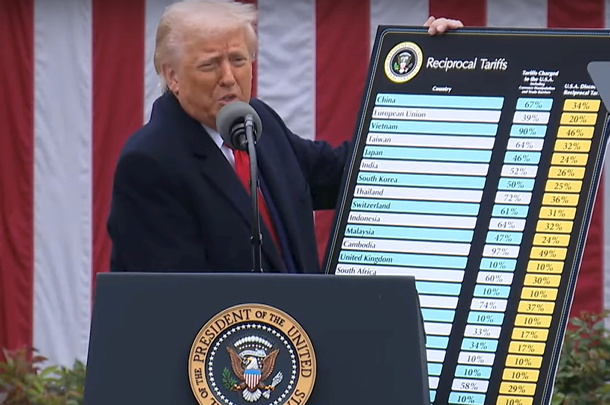
Organizers of two upcoming jewelry trade shows in Hong Kong have postponed the events as the coronavirus continues to spread beyond mainland China.
The Hong Kong International Diamond, Gem & Pearl Show, which was due to take place from March 2 to 6, and the Hong Kong International Jewellery Show, scheduled for March 4 to 8, will now run from May 18 to 21. They will happen concurrently at the AsiaWorld-Expo, instead of at two separate venues, the Hong Kong Trade Development Council (HKTDC) announced on its website Tuesday.
“The safety of exhibitors and buyers has always been a priority for the HKTDC,” the notice read. The decision was in line with the Hong Kong government’s measures against the spread of the coronavirus and followed consultations with representatives of the jewelry industry, it continued.
Discussions about how the rescheduling will work are in progress, Rapaport News understands. Some traders have raised concerns about the proximity of the May event to other shows, including Baselworld, JCK Las Vegas, and the June edition of the Hong Kong fair.
“It’s really bad business,” one exhibitor said on condition of anonymity. “They should have canceled the show altogether and given us the opportunity to come back in better circumstances.”
The virus, which started in the Chinese city of Wuhan, has killed more than 400 people globally and infected more than 20,000, according to media. On Tuesday, Hong Kong reported its first death from the outbreak. The municipality has closed most of its borders with mainland China.
The situation is also likely to affect Chinese attendance at next week’s IIJS Signature show in Mumbai and at the International Diamond Week in Israel.
The Hong Kong shows — which take place in March and September — have seen several challenges in recent years. The September 2019 edition went ahead only after trade organizations had called for it to be pushed back due to pro-democracy street protests, which limited the number of exhibitors and buyers attending. The September 2018 event closed early due to a typhoon.
The two March fairs traditionally overlap, spanning around a week in total. The Hong Kong International Diamond, Gem & Pearl Show, which focuses on loose stones, takes place at the AsiaWorld-Expo near the airport, while the finished-jewelry fair’s usual home is the Hong Kong Convention and Exhibition Centre in the downtown Wan Chai district.
Source: DCLA




